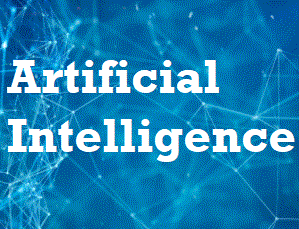106. What is Piping?
Spark provides a pipe() method on RDDs. Spark’s pipe() lets us write parts of jobs using any language we want as long as it can read and write to Unix standard streams. With pipe(), you can write a transformation of an RDD that reads each RDD element from standard input as a String, manipulates that String however you like, and then writes the result(s) as Strings to standard output.Pipe operator in Spark, allows developer to process RDD data using external applications. Sometimes in data analysis, we need to use an external library which may not be written using Java/Scala
pipeRDD = dataRDD.pipe(scriptPath)
107. What are the steps that occur when you run a Spark application on a cluster?
-The user submits an application using spark-submit.
-spark-submit launches the driver program and invokes the main() method specified by the user.
-The driver program contacts the cluster manager to ask for resources to launch executors.
-The cluster manager launches executors on behalf of the driver program.
-The driver process runs through the user application. Based on the RDD actions and transformations in the program, the driver sends work to executors in the form of tasks.
-Tasks are run on executor processes to compute and save results.
-If the driver’s main() method exits or it calls SparkContext.stop(),it will terminate the executors and release resources from the cluster manager.
108. What is a schema RDD/DataFrame?
A SchemaRDD is an RDD composed of Row objects with additional schema information of the types in each column. Row objects are just wrappers around arrays of basic types (e.g., integers and strings).
109. What are Row objects?
Row objects represent records inside SchemaRDDs, and are simply fixed-length arrays of fields.Row objects have a number of getter functions to obtain the value of each field given its index. The standard getter, get (or apply in Scala), takes a column number and returns an Object type (or Any in Scala) that we are responsible for casting to the correct type. For Boolean, Byte, Double, Float, Int, Long, Short, and String, there is a getType() method, which returns that type. For example, get String(0) would return field 0 as a string.
110. Explain Spark Streaming Architecture?
Spark Streaming uses a ‘micro-batch’ architecture, where Spark Streaming receives data from various input sources and groups it into small batches. New batches are created at regular time intervals. At the beginning of each time interval a new batch is created, and any data that arrives during that interval gets added to that batch. At the end of the time interval the batch is done growing. The size of the time intervals is determined by a parameter called the batch interval. Each input batch forms an RDD, and is processed using Spark jobs to create other RDDs. The processed results can then be pushed out to external systems in batches.
111. How Spark achieves fault tolerance?
Spark stores data in-memory whereas Hadoop stores data on disk. Hadoop uses replication to achieve fault tolerance whereas Spark uses different data storage model, RDD. RDDs achieve fault tolerance through a notion of lineage: if a partition of an RDD is lost, the RDD has enough information to rebuild just that partition.This removes the need for replication to achieve fault tolerance.
112. What is a Apache Spark Executor ?
When ‘SparkContext’ connects to a cluster manager, it acquires an ‘Executor’ on the cluster nodes. ‘Executors’ are Spark processes that run computations and store the data on the worker node. The final tasks by ‘SparkContext’ are transferred to executors. Spark executors are worker processes responsible for running the individual tasks in a given Spark job. Executors are launched once at the beginning of a Spark application and typically run for the entire lifetime of an application, though Spark applications can continue if executors fail. Executors have two roles. First, they run the tasks that make up the application and return results to the driver. Second, they provide in-memory storage for RDDs that are cached by user programs, through a service called the Block Manager that lives within each executor.








